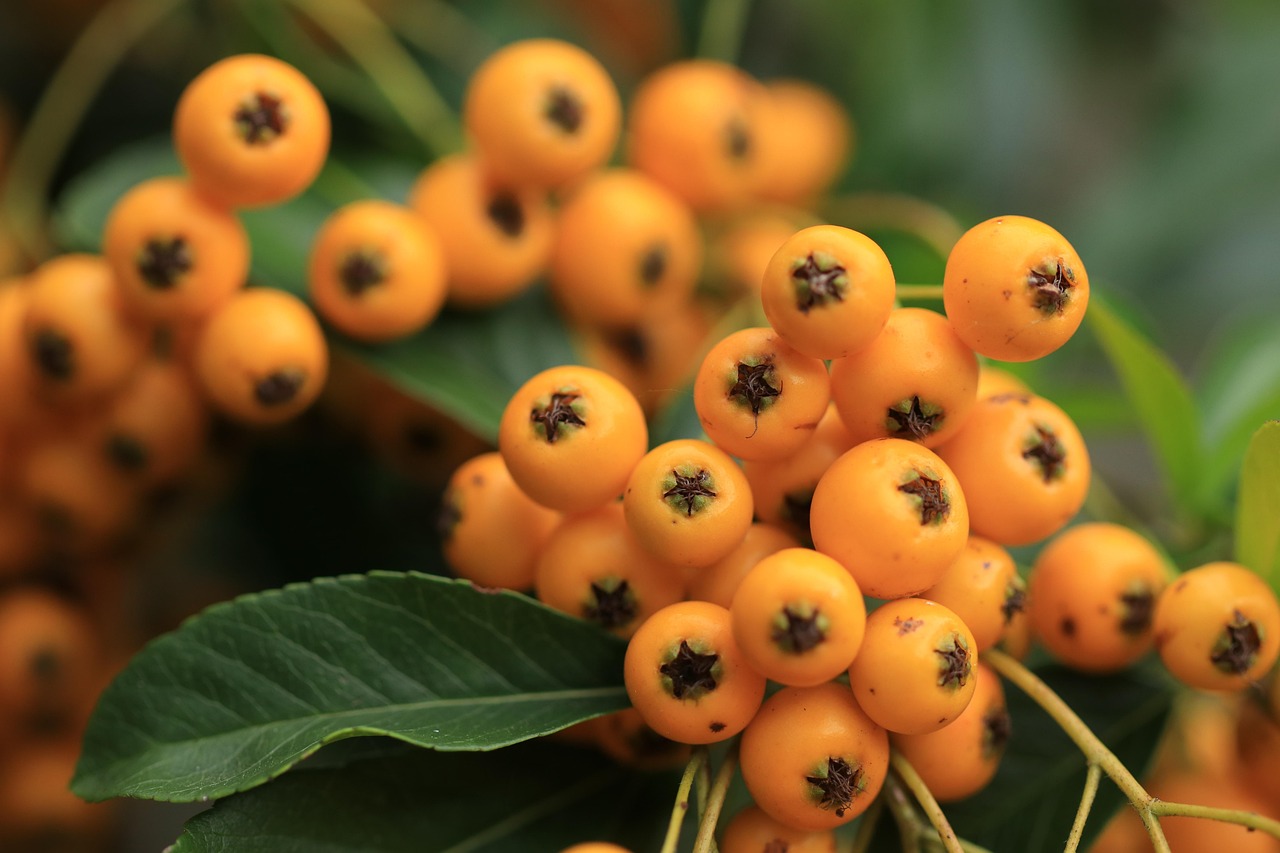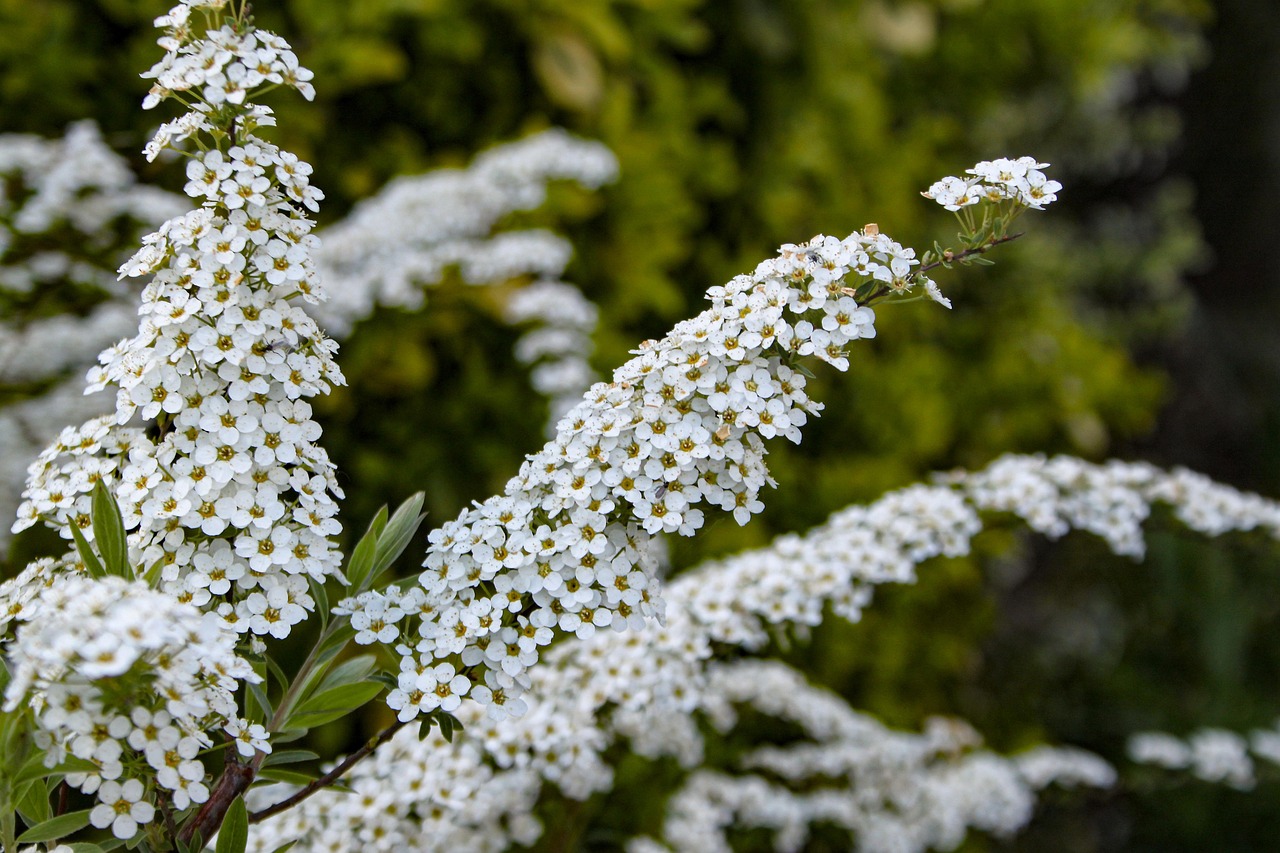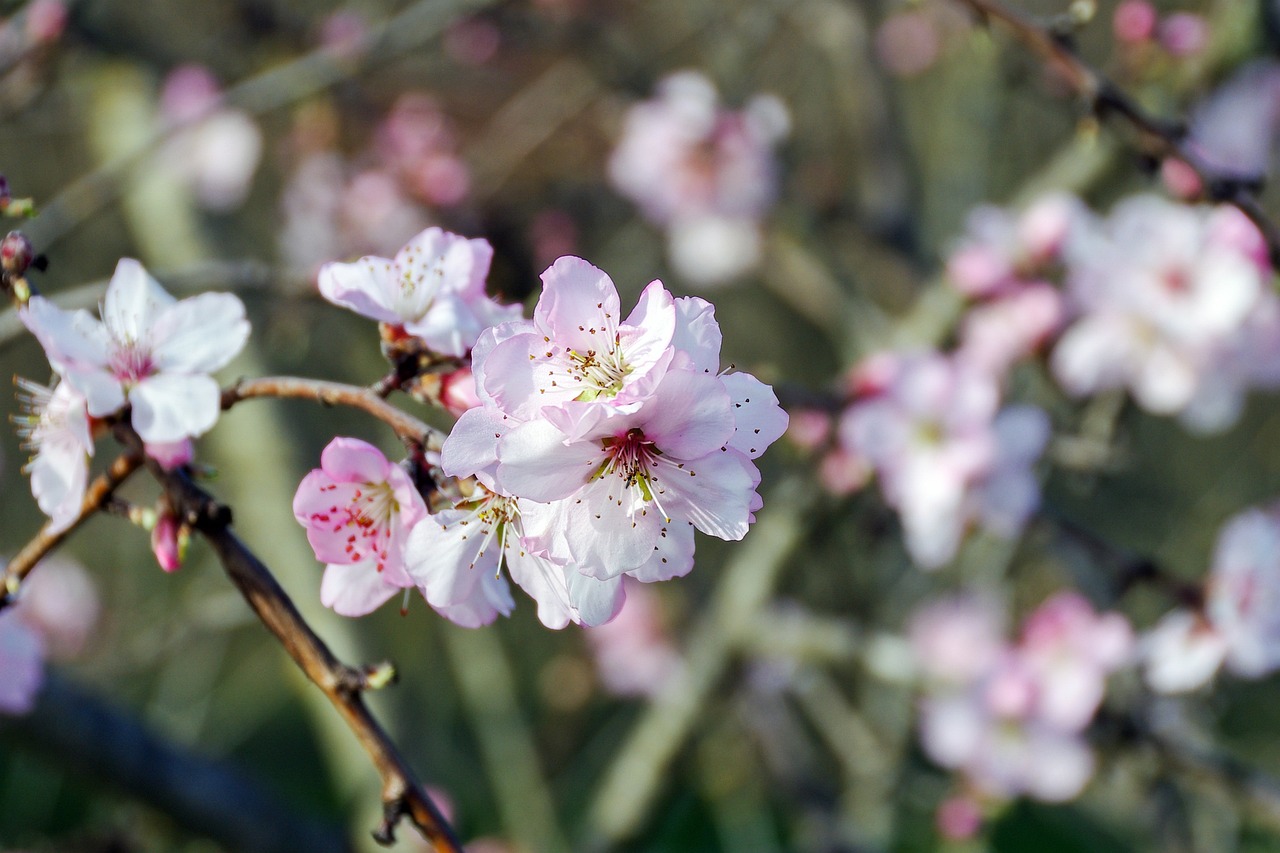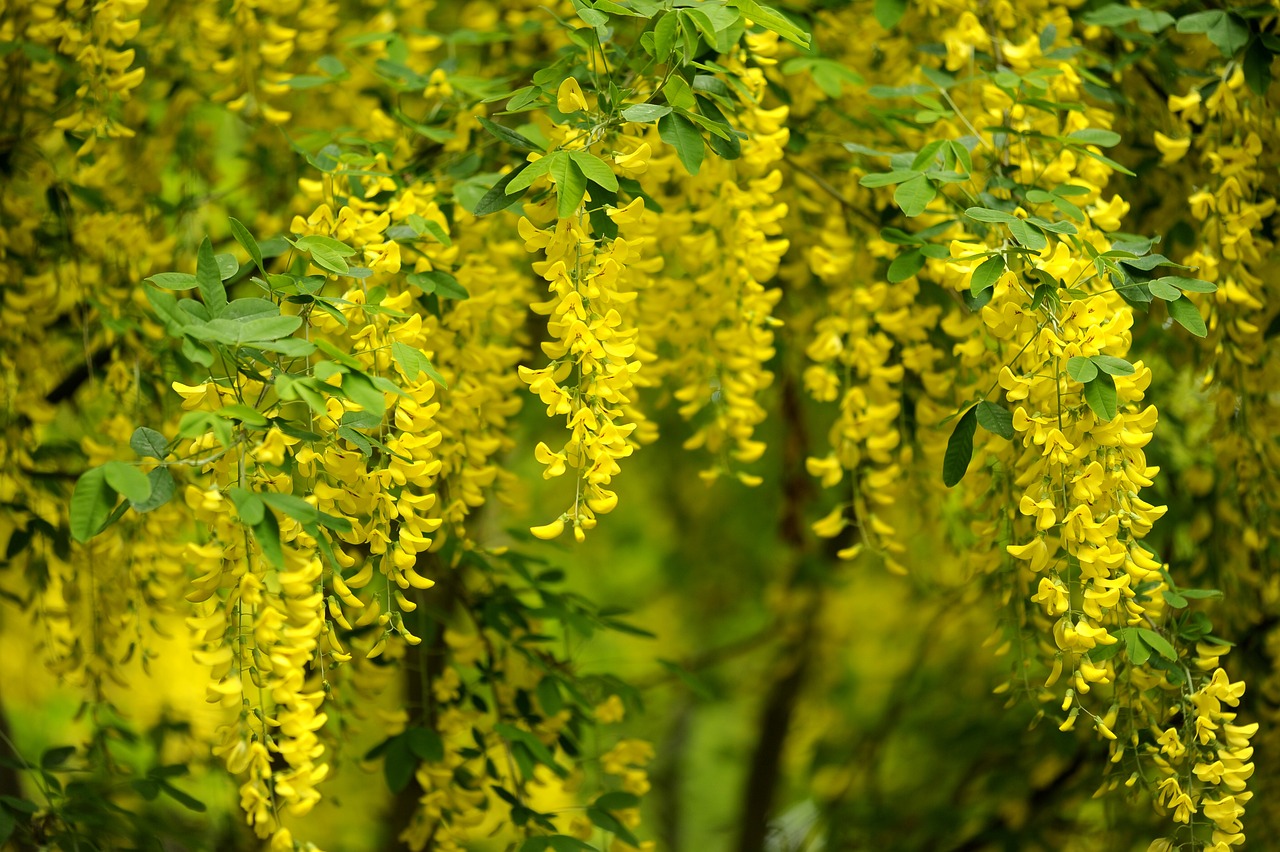Common Hawthorn | A Symbol of Protection in Medieval Europe
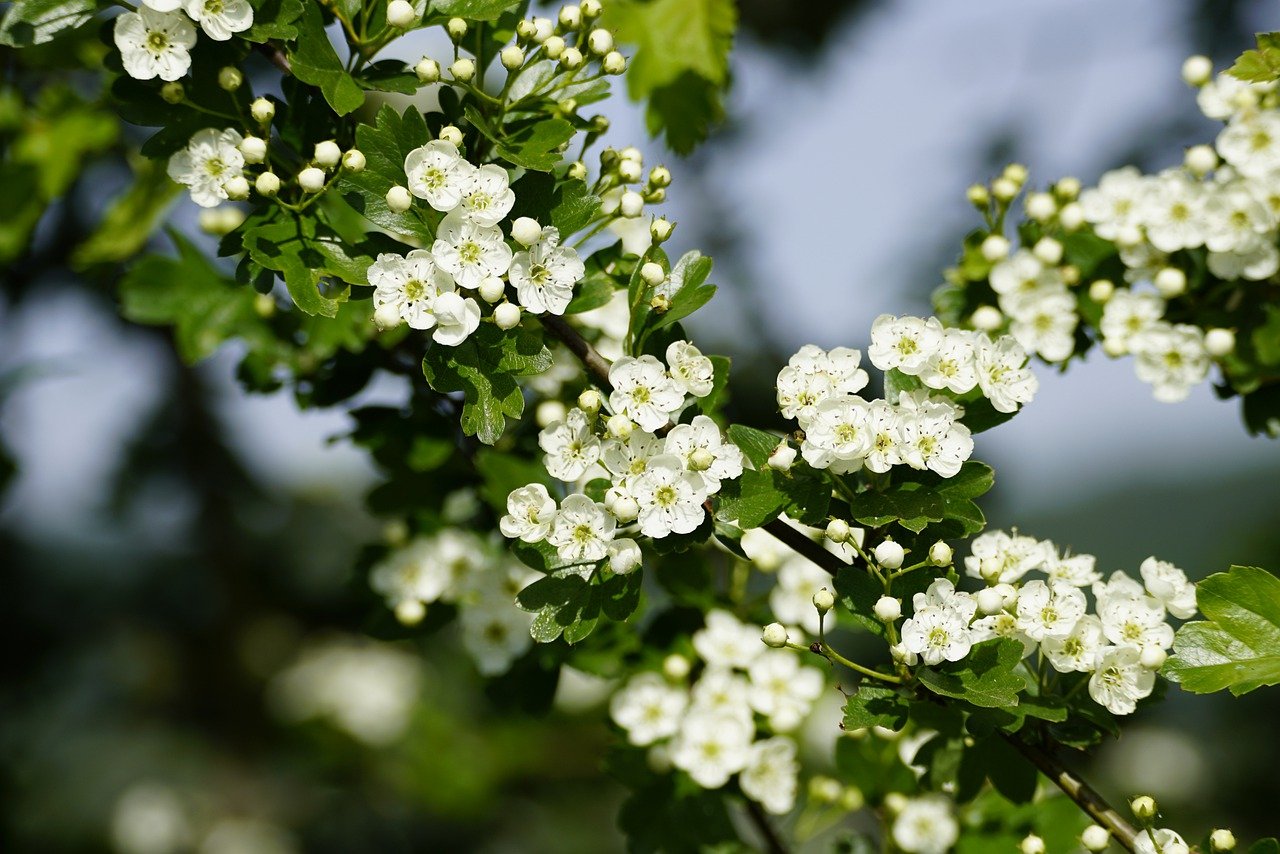
The common hawthorn is a deciduous shrub that produces delicate flowers in spring and bright red berries in autumn.
In addition to its appeal as a garden tree, it has long been recognized as a symbolic presence in history and culture.
In this article, I will provide detailed information on the common hawthorn, including its basic characteristics, cultural and historical background, and cultivation tips.
Basic Information
- Scientific name: Crataegus laevigata
- Family: Rosaceae
- Origin: Europe and Western Asia
- Appearance: This tree grows to about 2–5 meters in height. In spring, it bears numerous small white or pale pink flowers. In autumn, it produces red berries that brighten the winter landscape. Its branches are armed with sharp thorns, making it useful as hedges or windbreaks.
- Flowering season: April to June
Cultural Significance Around the World
The common hawthorn has been cherished in Europe for centuries as a tree with symbolic meaning.
In the United Kingdom, it is known as the “Mayflower” and was used in festival decorations as a flower heralding the arrival of May.
In France and Germany, it has also been planted in gardens and parks to mark the coming of spring, offering enjoyment in seasonal change.
The common hawthorn is also deeply connected to Christian culture. Tradition holds that the crown of thorns worn by Christ was made from its branches, giving the tree a sacred status.
In Glastonbury, England, the legendary “Glastonbury Thorn” is said to have been planted by Saint Joseph, and it still attracts much attention today.
Meanwhile, in Celtic culture, it was considered a protective tree. Planting it near homes was believed to ward off evil.
Thus, the common hawthorn has been deeply tied to people’s lives, carrying diverse symbolic meanings across different regions.
Historical Anecdotes
Since ancient Roman times, the common hawthorn has been planted in gardens and along field boundaries.
With its strong branches and sharp thorns, it was particularly suited for hedges. In medieval Europe, castles and monasteries often used it for defensive purposes.
In the United Kingdom, its use as hedging spread widely. By the 18th century, it became central to the “Enclosure Movement,” where it was planted extensively to define farmland boundaries.
In America, the name “Mayflower” of the hawthorn is believed to be the origin of the name of the ship Mayflower, which carried English settlers. For them, the tree symbolized their homeland and was later planted in their new settlements as well.
Through such history, the common hawthorn has played various roles and become a part of everyday life.
Gardening Advice
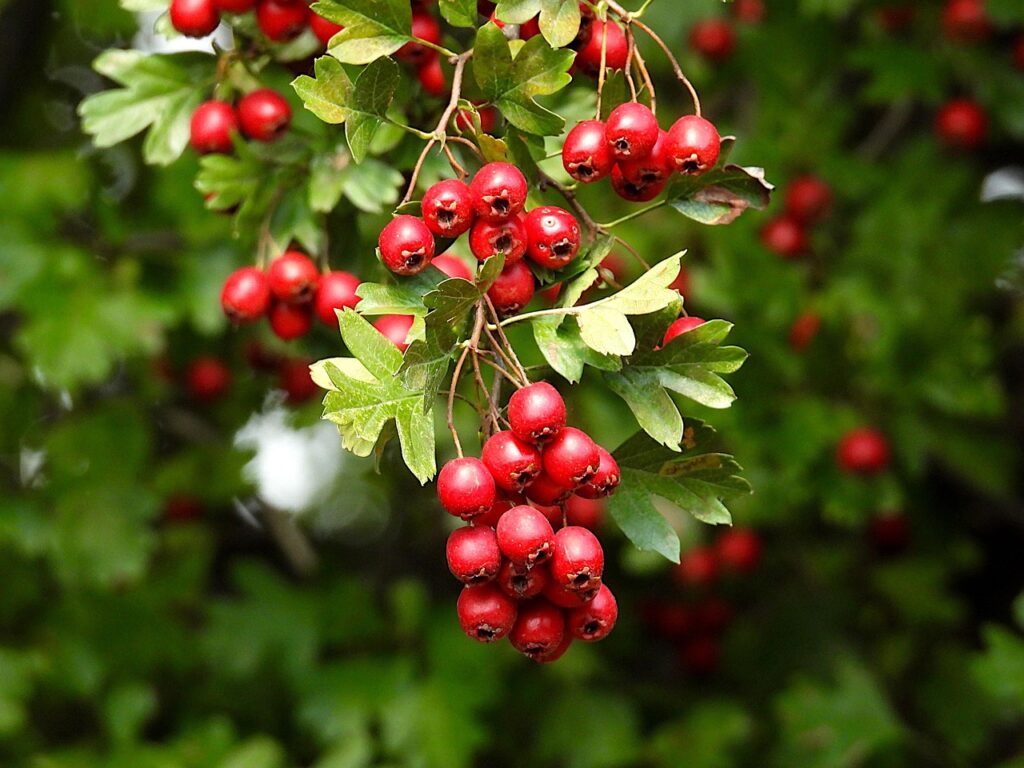
The common hawthorn thrives when grown in a suitable environment. By paying attention to the following points, you can enjoy its flowers and fruits for many years.
Sunlight
Prefers full sun but also grows in partial shade.
Watering
Drought-tolerant, but newly planted trees need regular watering until established.
Soil
Well-drained soil is ideal. In clay soil, mix in compost or sand.
Fertilizer
Apply slow-release fertilizer in spring and autumn to encourage better flowering and fruiting.
Pruning
Thin out overcrowded branches during winter to improve air circulation and maintain shape.
Cold resistance
Hardy in cold regions. Young trees benefit from frost protection in winter.
Conclusion
The common hawthorn is an attractive flowering tree that produces delicate blossoms in spring and vibrant red fruits in autumn.
In Europe, it is known as the “Mayflower” and celebrated as a symbol of spring in festivals and folklore.
In the Middle Ages, it was used as a protective hedge, and in later times, it defined farmland boundaries. It is also believed to be connected to the name of the Mayflower ship, linking it to the history of migration.
With its hardy nature, proper pruning, and moderate care, it can be enjoyed in gardens for many years.

